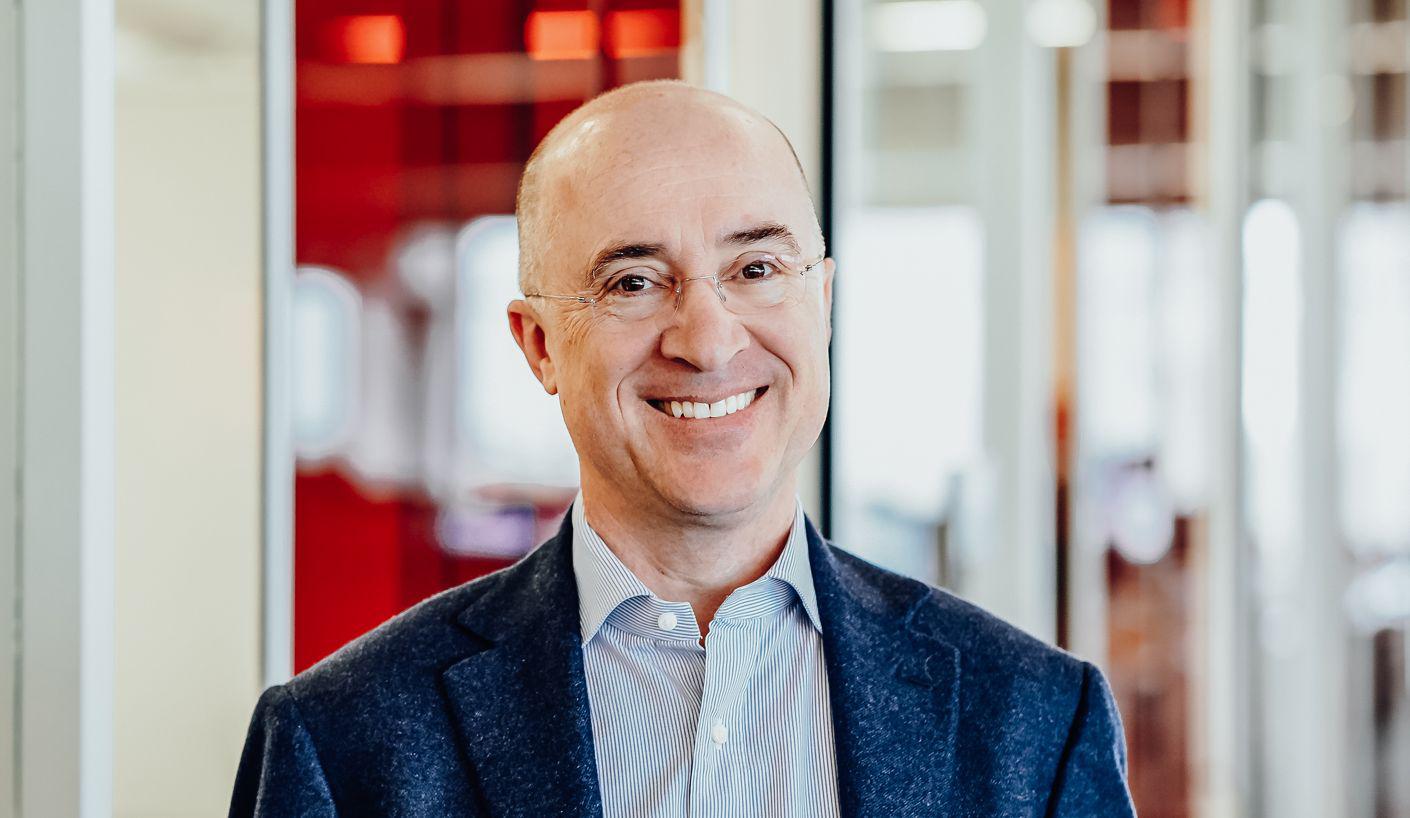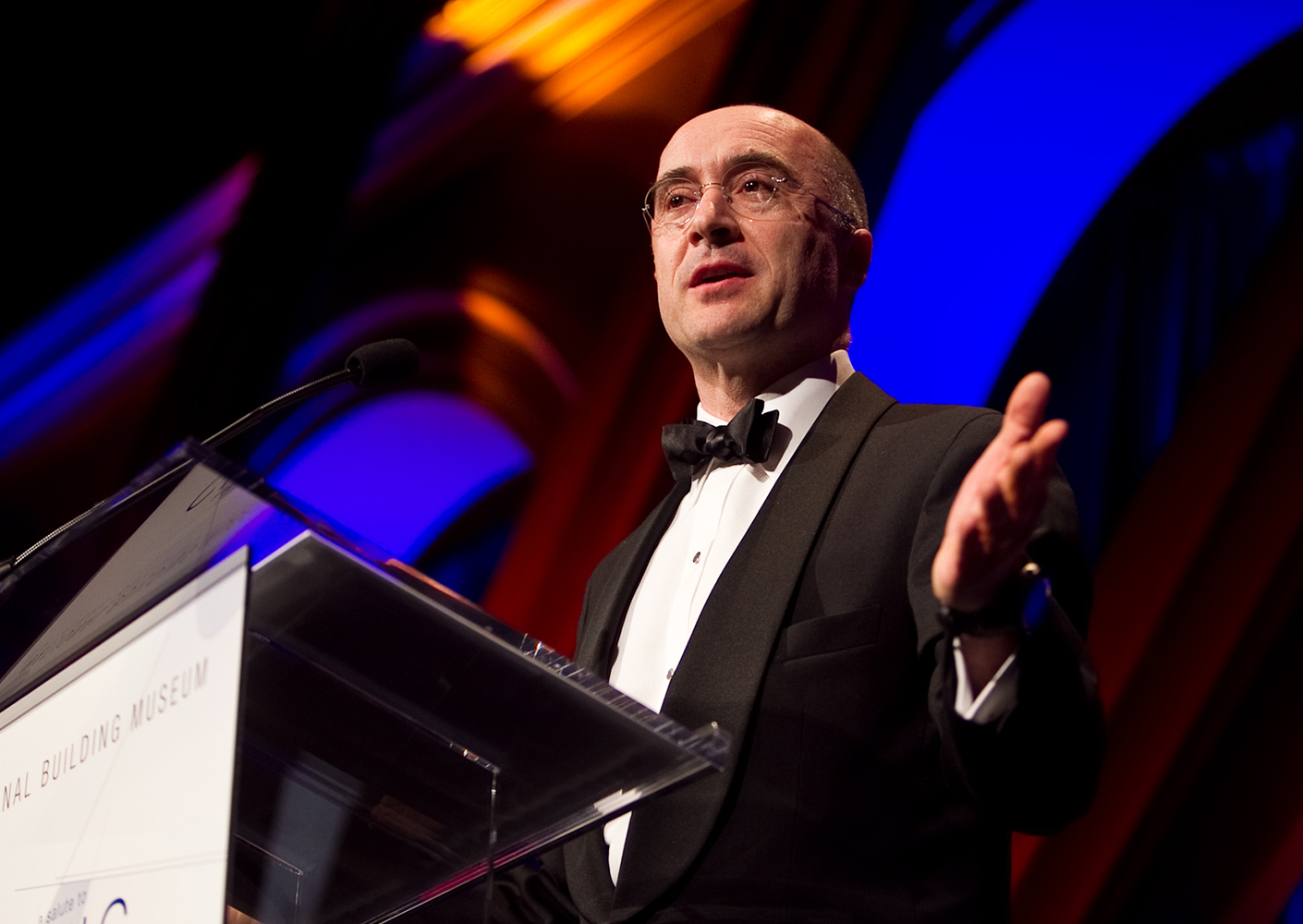
Phil Harrison
Phil believes inspired design acts in the service of humanity. When it achieves beauty and rigor, poetry and technology, creativity and innovation, design has the power to invigorate the human experience. As CEO of the second-largest architecture and design firm in the world, Phil takes this responsibility very seriously.
Phil motivates teams around the globe to devise breakthrough solutions to the profession’s most pressing challenges. From championing research and technology to cultivating a culture of curiosity and experimentation, his goal is to propel the spirit of imagination into measurable action.
“When teams are aligned in their vision and goals, they channel their energy into design innovation and client service,” he says. “This creative synergy allows us to exceed our clients’ expectations and make the design and construction process joyful.”
A licensed architect in 9 U.S. states and 2 Canadian provinces, Phil has led Perkins&Will as CEO since 2006, tripling the firm’s size, expanding its geographic reach, and deepening its focus on design excellence. He and his family live in Atlanta, and he spends his free time traveling, cycling, cooking, making art, and playing music.
